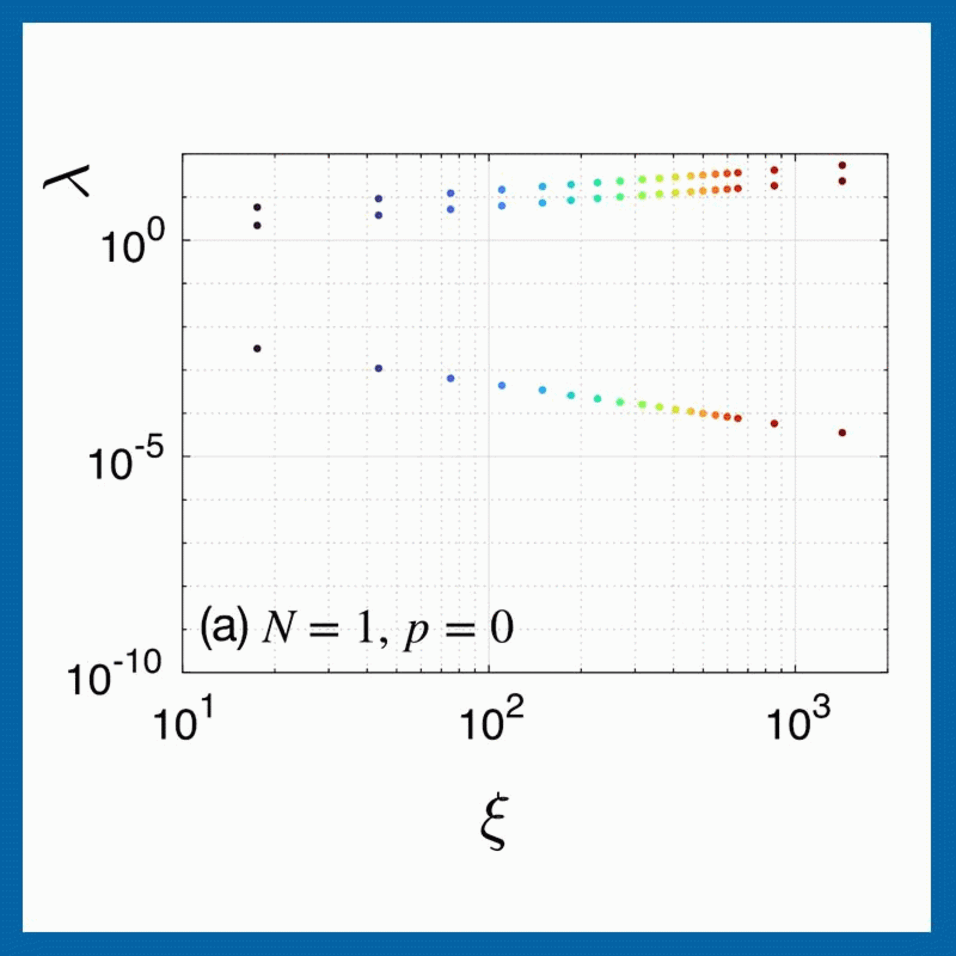Congratulations to Mingru Yang, Bram Vanhecke, and Norbert Schuch on their new paper which has just been featured in Physical Review Letters [Phys. Rev. Lett., 131, 036505 (2023)]. In their work, they devise a novel method which allows to faithfully extract continuous symmetries which emerge in quantum many-body systems.
Emergent symmetries are symmetries which are not encoded in the microscopic laws which govern a physical system. Rather, they emerge at larger length scales, that is, under renormalization. Such emergent symmetries can e.g. appear when an exact symmetry is perturbed by a symmetry-breaking term which disappears at large scales (i.e., an irrelevant perturbation), or at so-called deconfined quantum critical points. Usually, in order to identify such emergent symmetries, one has to resort to effective theories which describe the system at large length scales and thus reveals those symmetries. For the same reason, however, this description looses most of the information about the microscopic structure of the emergent symmetries, and thus useful information about the system.
In their work, the authors devise a method which allows to identify emergent symmetries directly and explicitly at the microscopic level. The resulting microscopic operators are exactly the operators describing the precise emergent symmetry at larger and larger length scales, and thus contain a wealth of additional information about the nature of that symmetry and the way in which it is related both to the microscopic model and the effective long-distance description. It thus offers a novel tool to study deconfined quantum critical points and other phase transitions with emergent symmetries in a more precise manner.
For more details, we encourage you to have a look at the paper - either at the published version in the online journal of Physical Review Letters (Phys. Rev. Lett. 131, 036505) or at its open-access version on arXiv.
This work has received support through the ERC grant SEQUAM.

